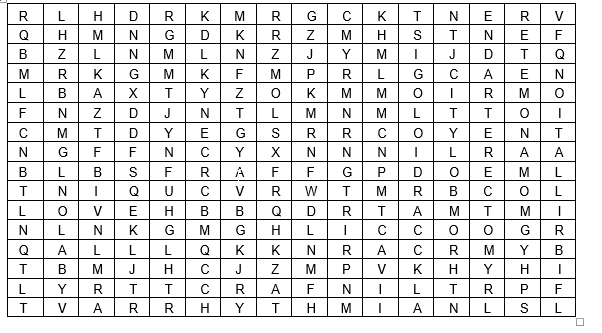The symptoms associated with serum sickness, a systemic type III hypersensitivity reaction are
A) rhinitis, wheezing, mucus secretions.
B) urticaria.
C) fever, joint pain, skin rashes.
D) thrombocytopenia and bruising.
E) hemolysis and anemia.
C
You might also like to view...
Find and circle the answer for each definition in the word search puzzle

1. A specialist in studying the heart.
2. A localized widening of an artery.
3. An irregular heartbeat.
4. An abnormally slow heartbeat.
5. Surgical removal of the inner lining of an artery.
6. Abnormal quivering of the heart.
7. A decrease in blood pressure.
8. An area of tissue necrosis.
9. Drug that dissolves existing blood clot.
10. A blood pressure cuff.
After experiencing several dangerous blood clots, Blair is prescribed an anticoagulant. She initially takes high doses to get her blood levels of the anticoagulant up as quickly as possible, and then is placed on a lower dose for the foreseeable future. This latter, lower dose is referred to as a ____
A) routine dose B) standard dose C) maintenance dose D) loading dose
Which of the following cases poses the greatest risk for a head injury?
A. an 18-year-old swimming the back stroke B. a 12-year-old learning to play tennis for the first time C. a 14-year-old boy heading at soccer D. a 5-year-old child wearing a helmet, learning to ice skate
Which method is best for tracking your progress with weight training?
A) Use a weight-training log to record your progress. B) Measure the girth of your muscles with a tape measure after each workout. C) Flex in front of the mirror after each set. D) Have a friend describe the changes in your appearance each week.